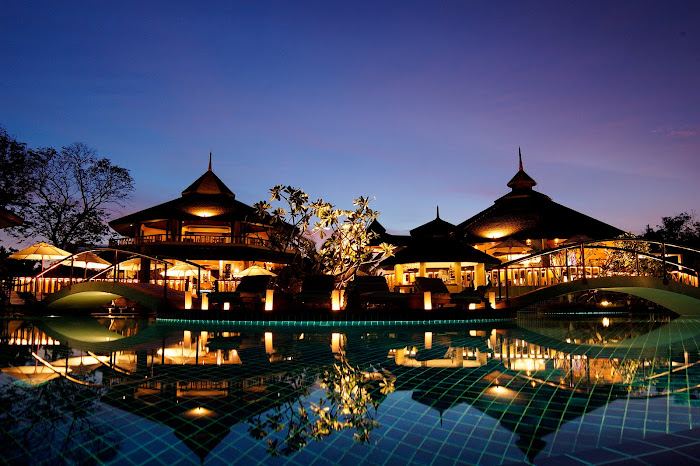
Devastated by a Burmese invasion in 1809, traders from the British Straits moved all mining activity to the Bay of Tongkah near Old Phuket town. By the early 1900s, Penang merchants flocked to the island and life was more culturally linked to Malaya (now Malaysia) than Bangkok, influenced by European architecture and Chinese settlements in Penang, Singapore, and Malacca.
Tin mining collapsed in the 1970s, however, direct flights from Europe to Bangkok infused new life into local economies with tourism to Phuket’s stunning beaches. Phuket town’s early architecture is referred to as Sino-Portuguese in design. A movement to restore the pre-World War II streets is now in full swing – from ancient shop houses to sacred shrines and temples. Modern Phuket is diverse in culture – Buddhist, Muslim, and home now to people from all over the globe with the laid back traditional and cosmopolitan lifestyle reflected in food, art, and the fabulous outdoors.
Public transport is an ongoing issue on Phuket. Thai locals use a Songthaew bus between beaches unless they own a car or motorcycle. Hotels will arrange reputable vehicle rentals; it’s best to have an international driving license. In Phuket city, walking is easiest to enjoy the history and daily ambience. For longer trips in town, take a Songthaew or a faster motorcycle taxi. Drivers wear coloured vests for easy identification; just wave one down and off you go. For time-limited travellers, an island tour by self-itinerary is best organized with a taxi driver who will take you where and when you desire for a set price all day long. Just like having a personal chauffeur and guide in one; you may even make some Thai friends!
07.00
Try old Town breakfast at Aroon restaurant, 124 Thalang Road, with roti (pancakes), roti hluay (banana pancakes), khai nok (egg), gaeng (curry), and tarik (iced tea) or ga-fae ron (latte).
08.00
Grab a Phuket Town Treasure map at Art & Culture, 16 Soi Rommanee and do a walking tour of Sino-Portuguese architecture on Krabi Road; don’t miss the exquisite Blue Elephant Governor’s Mansion.
10.00
Shopping and artists: See Sarasil Gallery, 121 Phang Nga Road and Rinda Magical Art, 27 Yaowarat Road, for fresh, colorful, and unique Thai creations. Enjoy fun, funky boutiques such as Island Paradise along the way!
12.00
Lunch at Siam Indigo, 8 Phang Nga Road – named a Best Restaurant in Thailand by Tatler magazine – and favorite of fashionistas, with fabulous fusion and Thai cuisine in artistic heritage surroundings.
14.00
Visit Giant Buddha – Nakkerd hill, off Chaofa East Rd, Chalong. Funded entirely by donation, built of Burmese marble, and standing 45m tall, this big icon gazes over the entire island.
15.00
Spa time at golden Tulip Mangosteen Resort, Rawai in Phuket South; this Ayurvedic health spa is offering Oryx readers a 40% discount on any treatments from the alluring spa menu.
16.30
Enjoy fresh fruit-shakes; try mango or coconut at fabulous seafront café Nikita, Rawai – or head to the far end of the esplanade for juicy oysters with zingy local condiments at Baan Haad Rawai.
17.00
See King of Thailand’s Laem Promthep lighthouse, with its unique elephant collection and local market; then stroll on Nai Harn beach for a spectacular sunset at the most southerly point of Phuket.
19.00
Mom Tri’s kitchen overlooking Kata Noi Beach offers splendid evening fine dining, with Thai and European cuisine amid artistically landscaped gardens in the former home of a Royal family connection.
21.30
Show time at Simon Cabaret, Patong Beach. A Phuket institution, this renowned spectacular is famed for its lavish sets, brilliant costumes, and glamorous dancers. Do late drinks at sophisticated Indochine, Kalim-Patong.
Golden Tulip Mangosteen Resort & Spa
99/4 Moo 7, T. Rawai, Phuket 83130, Thailand
Tel: +66 76 289399 – Fax: +66 76 289389
reservations@goldentulipmangosteen.com





